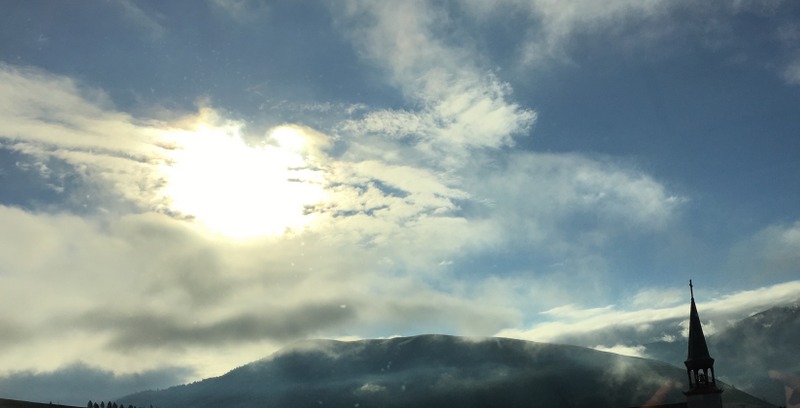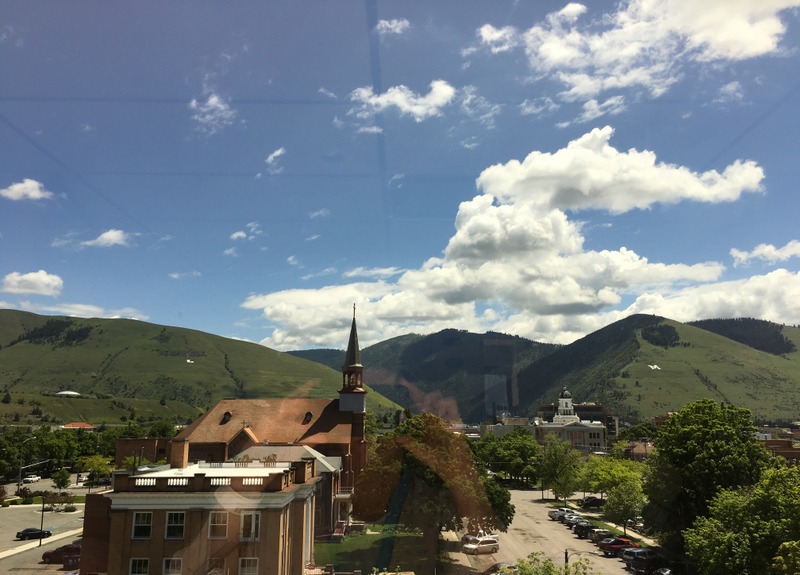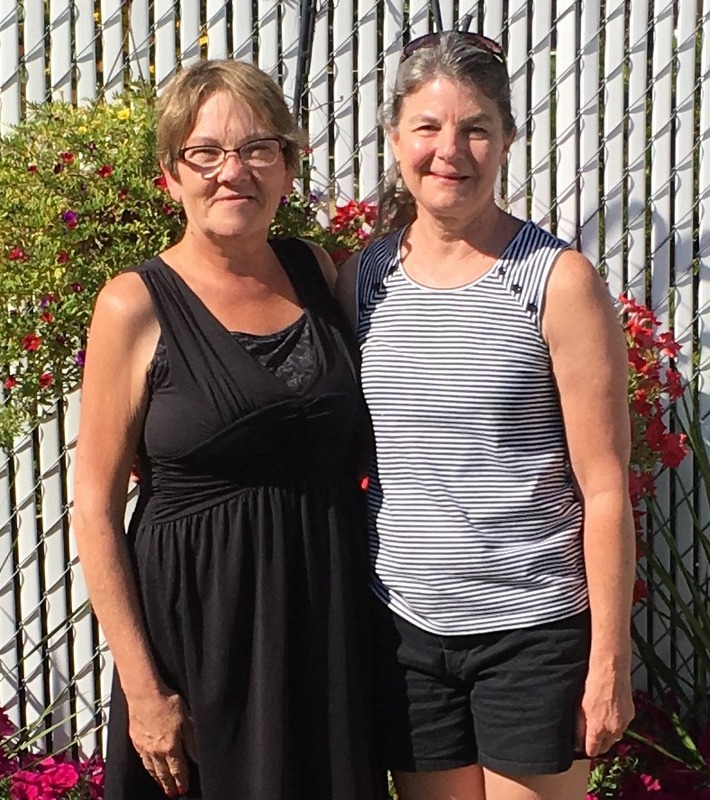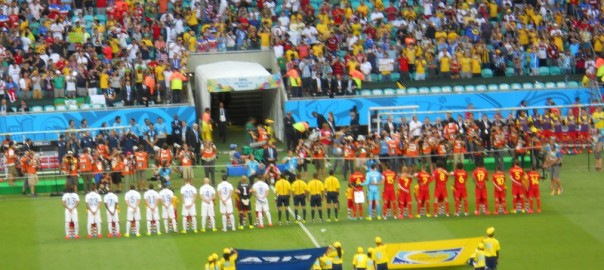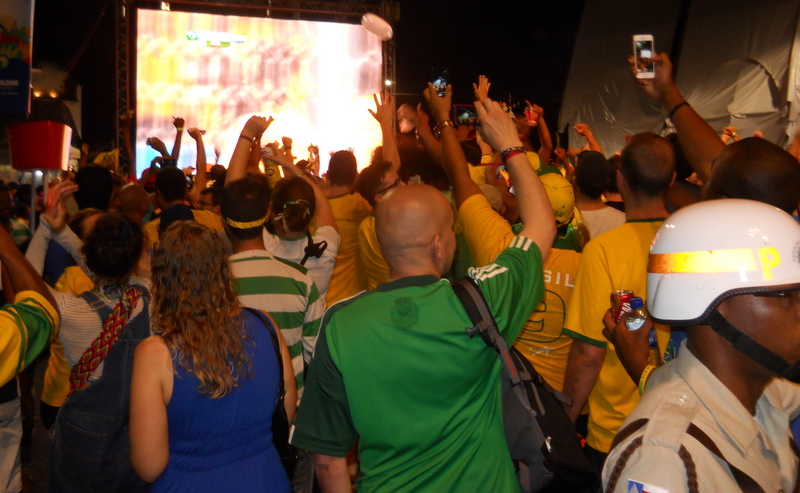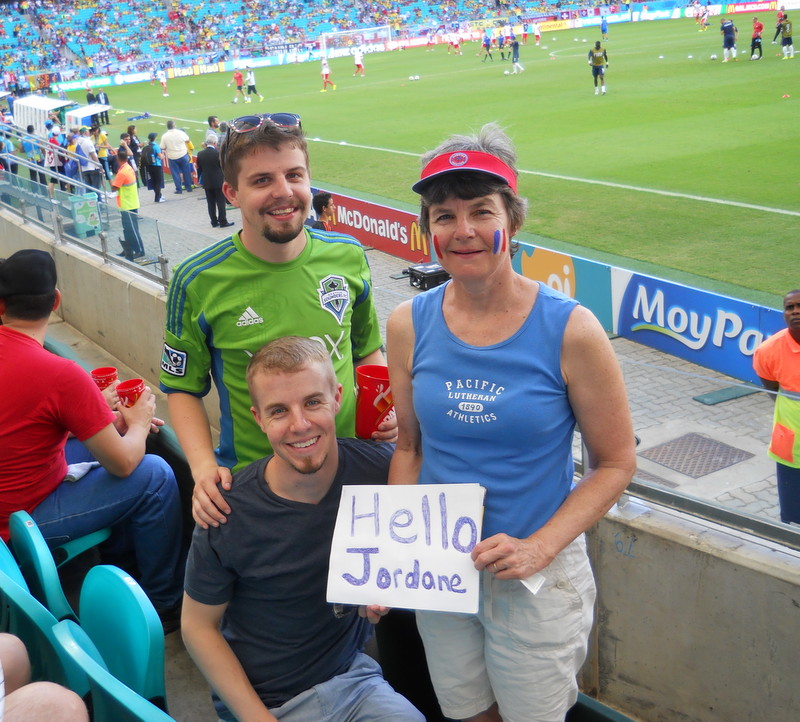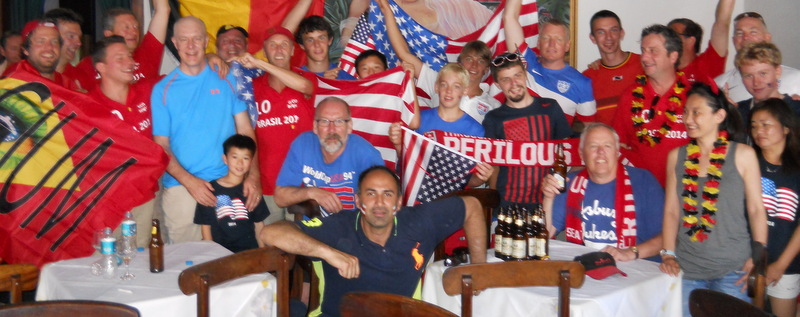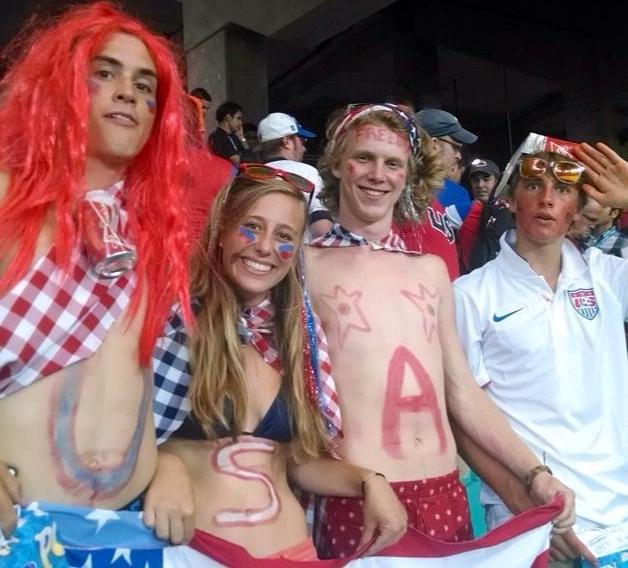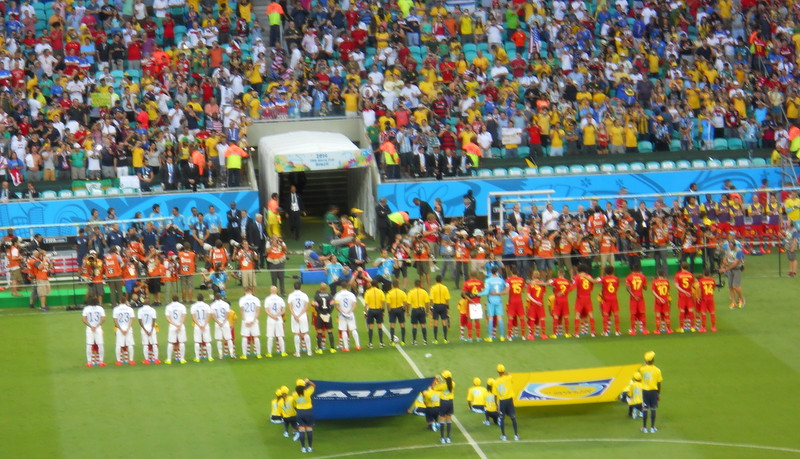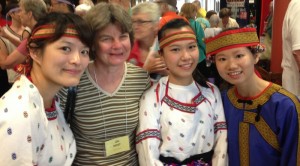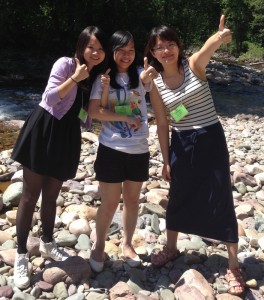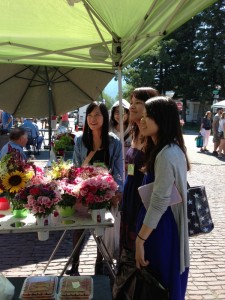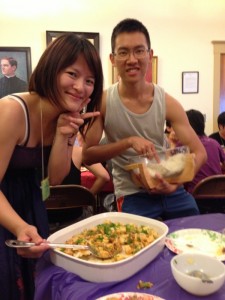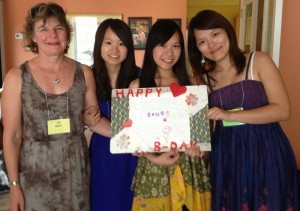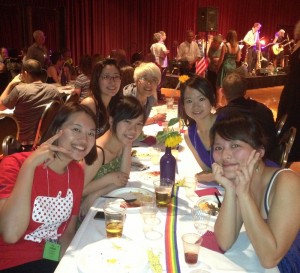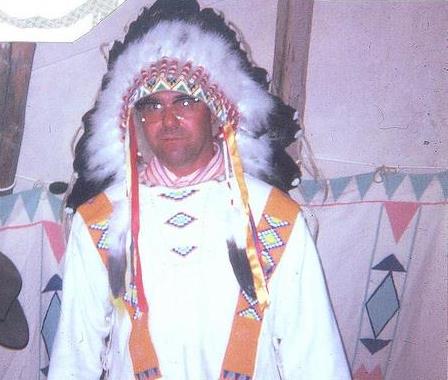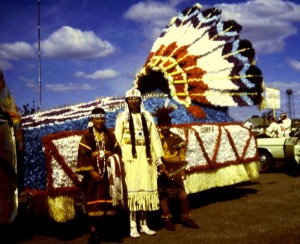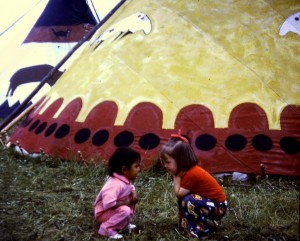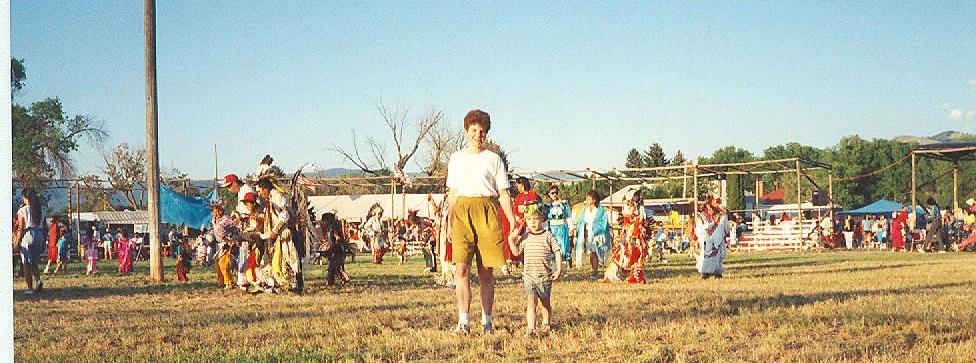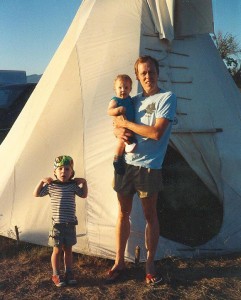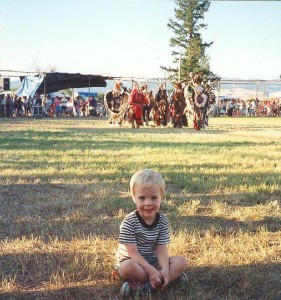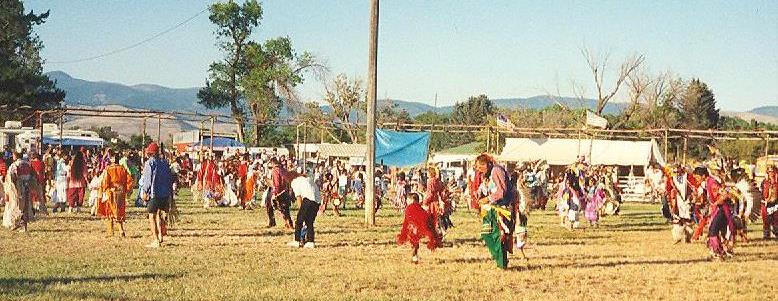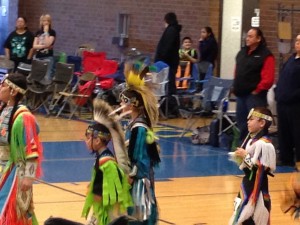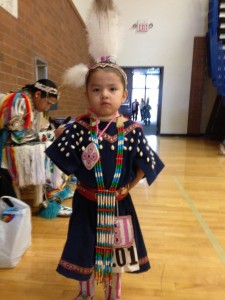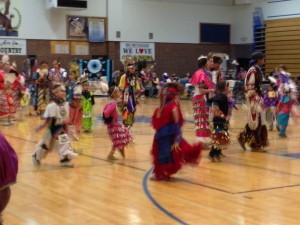The COVID-19 pandemic has thrust us into uncharted territory. Last week, nearly 3.3 million Americans filed for unemployment benefits. Three days ago, we learned the U.S. leads the world in the number of confirmed COVID-19 cases. Closer to home, Montana reported its first COVID-19 death minutes after Gov. Steve Bullock ordered us to shelter-in-place beginning yesterday at 12:01 a.m.
The CDC advises us to take breaks from reading, watching, or listening to stories about the pandemic. But as we’re hunkered in, often with smart phones or remotes at our fingertips, heeding that advice can be a challenge. Anxiety and fear run deep.
I’m mindful of the privileges I have that so many others do not: a stable income, housing, food security, friends and family, books, and good health. I take none of them for granted. In response to a friend’s Facebook post this week about embracing gratitude for a warm house, little worries, a fridge full of food, and other comforts, a man replied, “Good points, but I’m still praying for employment security during this time. It’s a lot of stress.”
Stress beyond my imagination, truthfully. Rich and I volunteered twice this week at Missoula Food Bank & Community Center. We stayed past our scheduled 11-1 shifts both days because there was nobody to take over for us. Sue, the Friday volunteer that replaced Chandler on our assembly line of three, was scheduled to receive a foster dog from the Humane Society of Western Montana that evening. On the cusp of Montana’s shelter-in-place directive, the animal shelter geared up to operate without volunteers.
After we left the food bank Friday afternoon, staff made the difficult decision to suspend volunteer activity inside its building. However, drivers will still be utilized for the senior home delivery program.
As we hunker in, I offer these thoughts. If you are able, please:
- donate to an organization that mitigates food insecurity or provides financial assistance to those in need
- apply to your local animal shelter to foster an animal if a need arises (As of yesterday, Missoula’s Humane Society had enough foster families, though they were accepting applications to fill future needs if necessary.)
- donate blood
- support a local business that offers curbside pickup, takeout, or delivery
- shop for someone unable to access a grocery store
- call and check in with family members and friends
- explore websites like COVID-19: Missoula City-County Joint Information Center to learn additional ways to help
Along with limiting our time immersed in news stories and social media, the CDC recommends we exercise, eat well, meditate, share our concerns with others, get plenty of sleep, and more. Some people, due to a myriad of circumstances, might find these guidelines difficult or even impossible. So please, do what you can to help those in need.
And to the health care workers, first responders, pharmacists, grocery store employees, sanitation workers, and all who are doing essential work to feed, care for, and keep us safe, thank you. This video is for you.
Feature Photo by USGS I Unsplash

